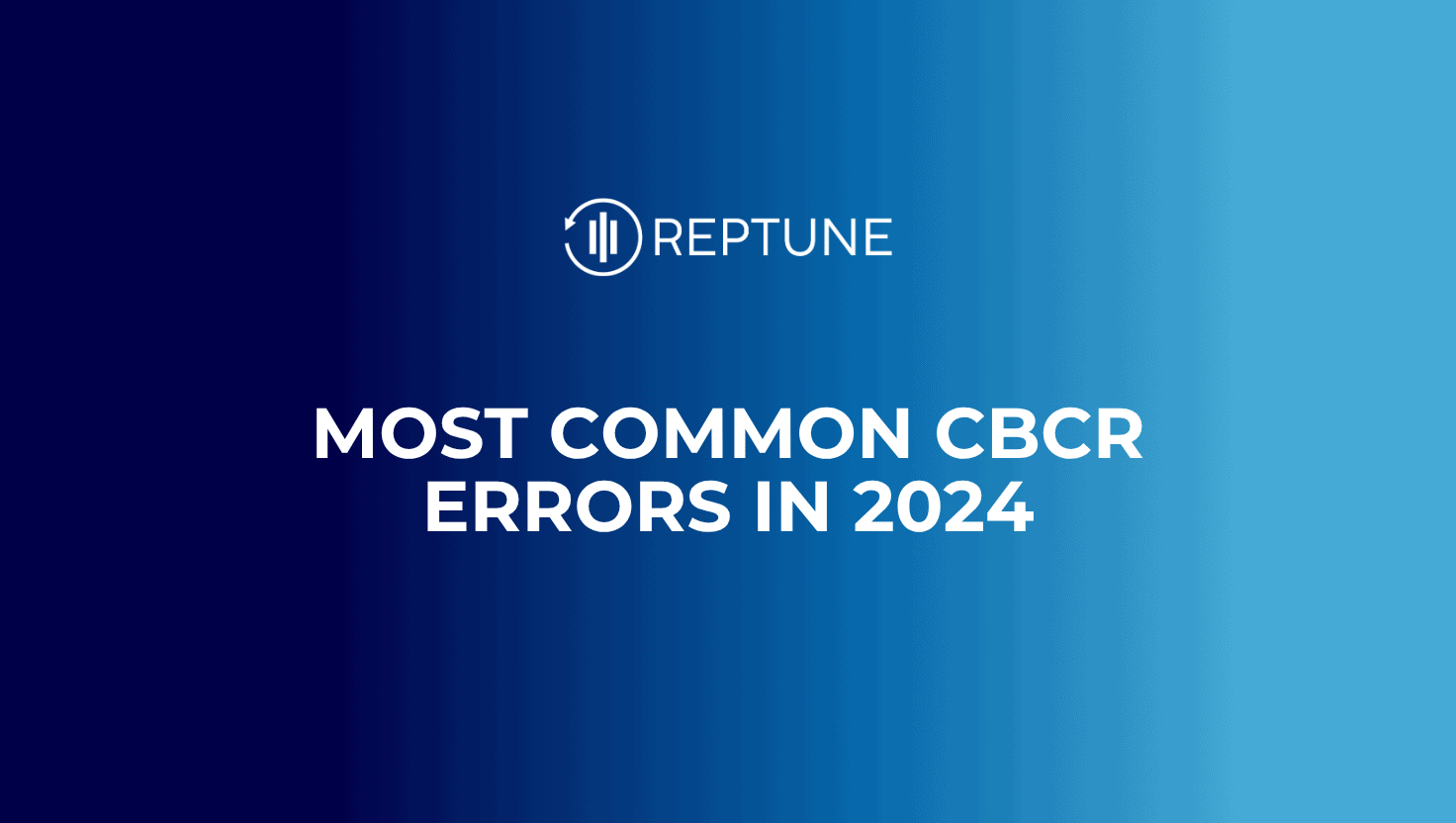
Last week, the OECD released a document outlining the most frequent Country-by-Country Reporting (CbCR) filing mistakes. While the guidelines offer much-needed clarity, seasoned professionals have been encountering these errors for years.
At Reptune, where we’ve helped numerous multinational enterprises (MNEs) file accurate, compliant CbCR reports, we’ve compiled a list of the most commonly seen issues—based not only on OECD data, but also our day-to-day experience.
We call it the Hall of Fame—and, of course, the Hall of Shame.
Using rounded values in thousands (000s) may be standard in statutory accounts, but in Table 1 of the CbCR, that’s a mistake. Numbers must reflect full unit values as required.
Linked to the above, excessive rounding creates inconsistencies and can lead to the understatement or overstatement of key metrics.
Taxpayers often use the local legal or official name for PEs. However, the CbCR format requires a standardized naming convention: e.g., “XYZ Corp – Tax Jurisdiction A PE”.
One of the easiest errors to make—especially if compiling manually via Excel. Using automated XML validation, like Reptune’s error-checking module, can prevent this.
These entities may not appear in your consolidated reporting system and need to be captured separately. A frequently overlooked step that can jeopardize compliance.
It shouldn’t happen—but it does. Often due to outdated legal department lists, especially in large MNEs.
Getting this right requires deep internal insight. Multiple boxes can and should be ticked if applicable, but teams often guess or oversimplify.
Leaving the TIN field blank or filling it with spaces or punctuation is a common error. If no TIN is issued, use “NOTIN” to comply with OECD guidelines.
This often occurs post-merger or due to misaligned internal data. A reliable CbCR module can flag these inconsistencies automatically.
Thankfully rare, but it happens. One mistaken file upload and an entire fiscal year’s data is reported incorrectly—a humbling error that underscores the importance of careful version control.
Some filers overthink or overcomply their way into error—providing information for only one country “to clarify” they have no foreign operations. A textbook example of excessive formalism gone wrong.
With the growing expectations of tax authorities, it’s no longer viable to rely on spreadsheets or manual entry. Reptune’s CbCR automation module eliminates common mistakes by:
Whether you’re preparing your first CbCR or refining your global compliance strategy, Reptune helps you meet the growing demands of transfer pricing documentation.
As CbCR enforcement strengthens worldwide, there’s little room for clerical errors. What seems like a small oversight can lead to audit flags, reputational risks, or worse—penalties.
By understanding the most common mistakes—and implementing automated safeguards—MNEs can avoid both the Hall of Fame and Hall of Shame.
Want to future-proof your CbCR process?
Book a demo with Reptune today and ensure every CbCR submission is error-free, audit-ready, and globally compliant.
